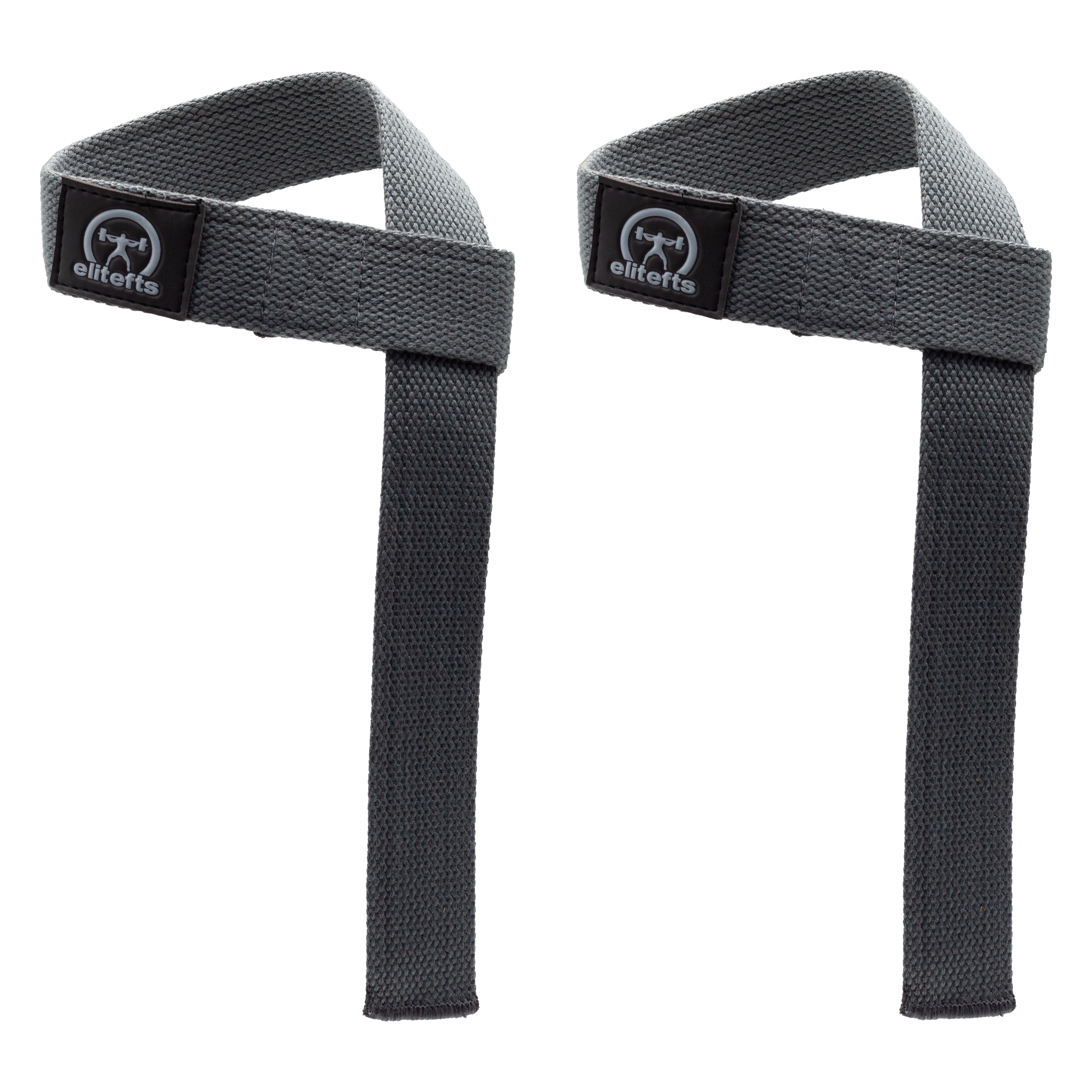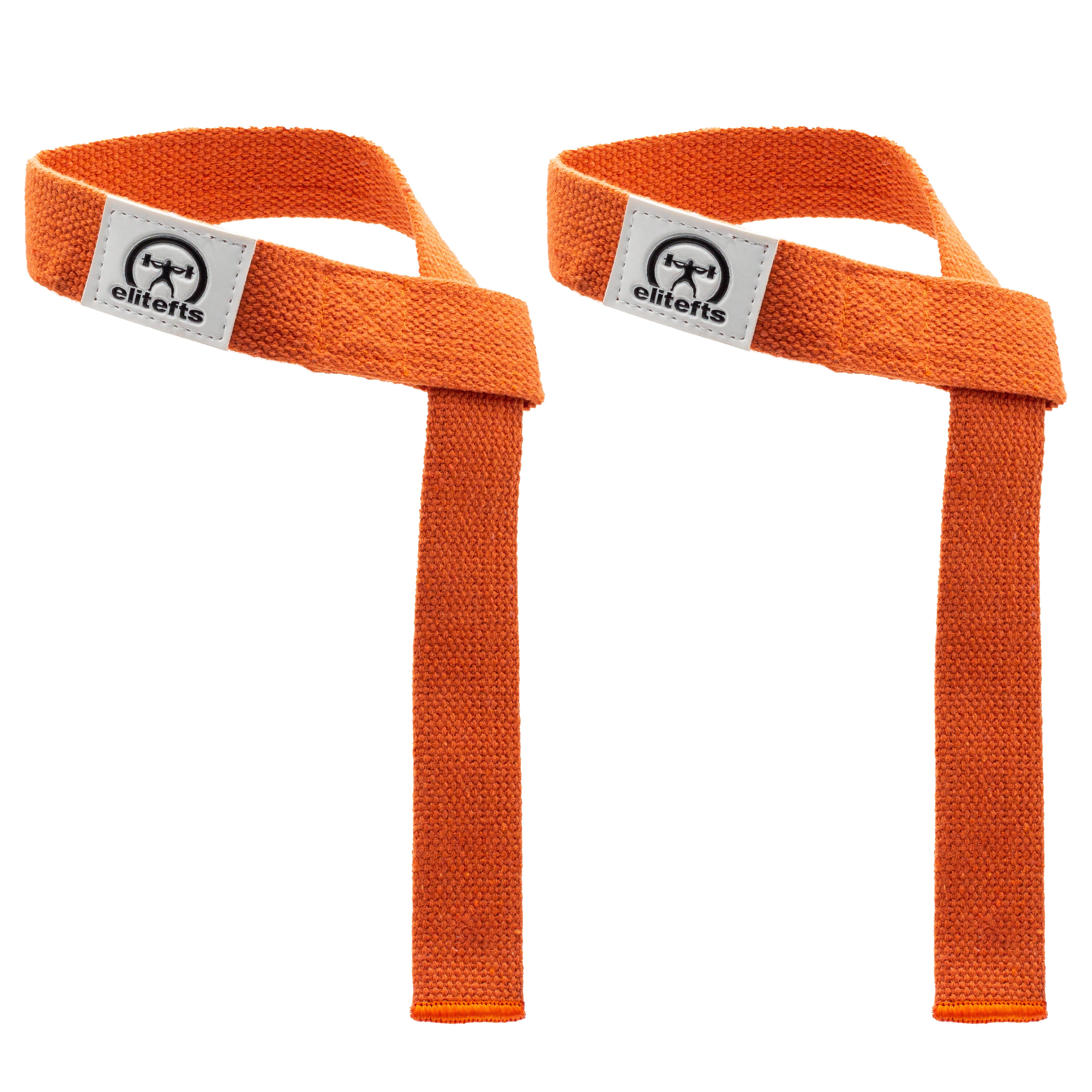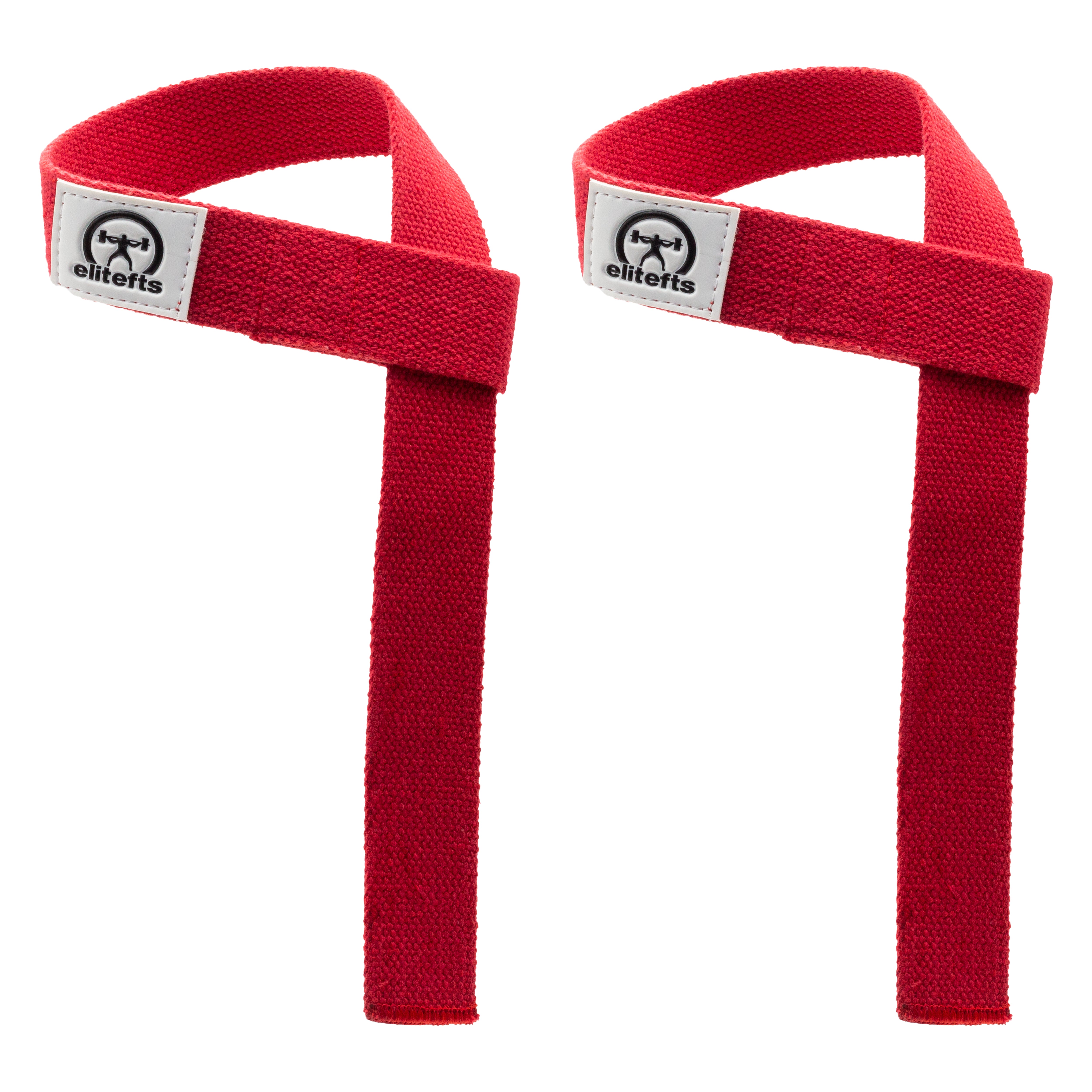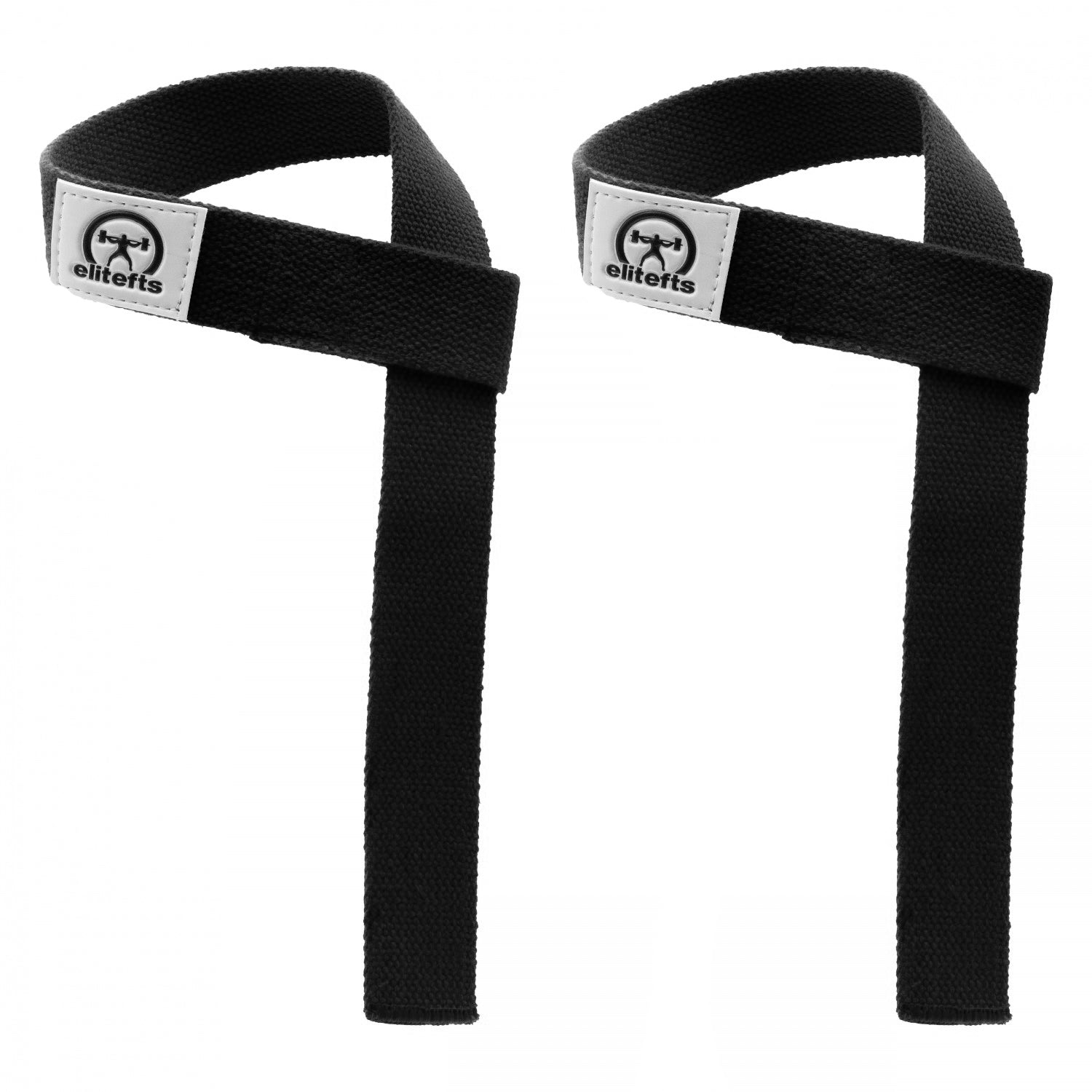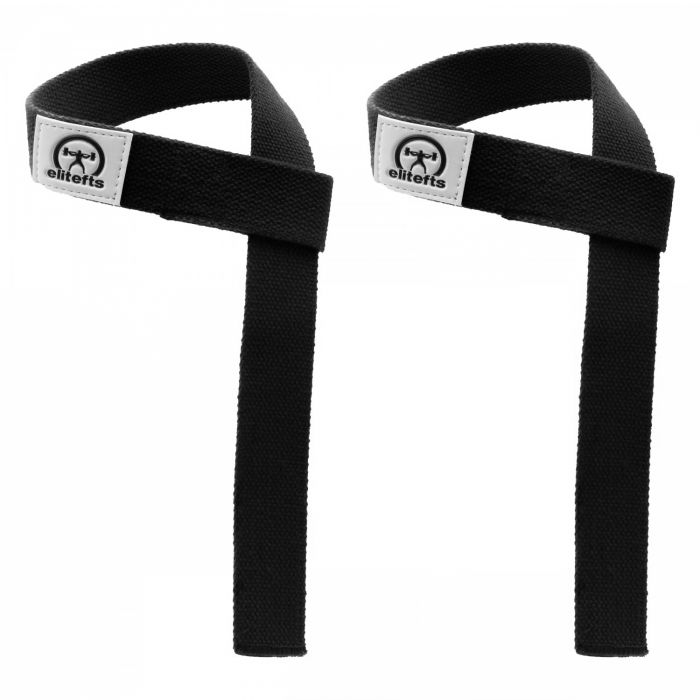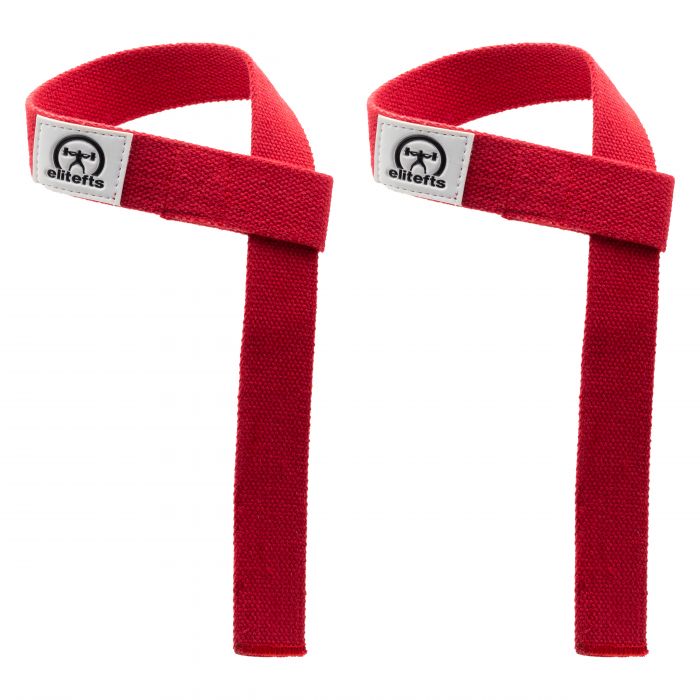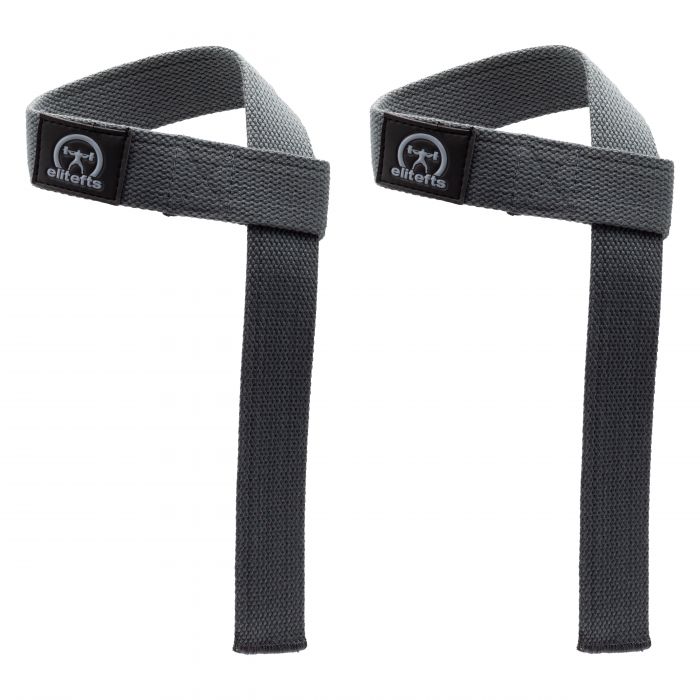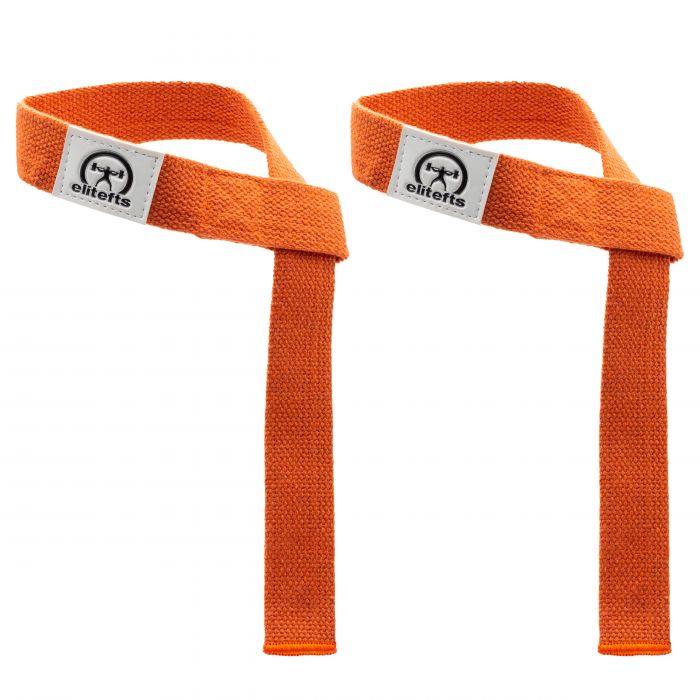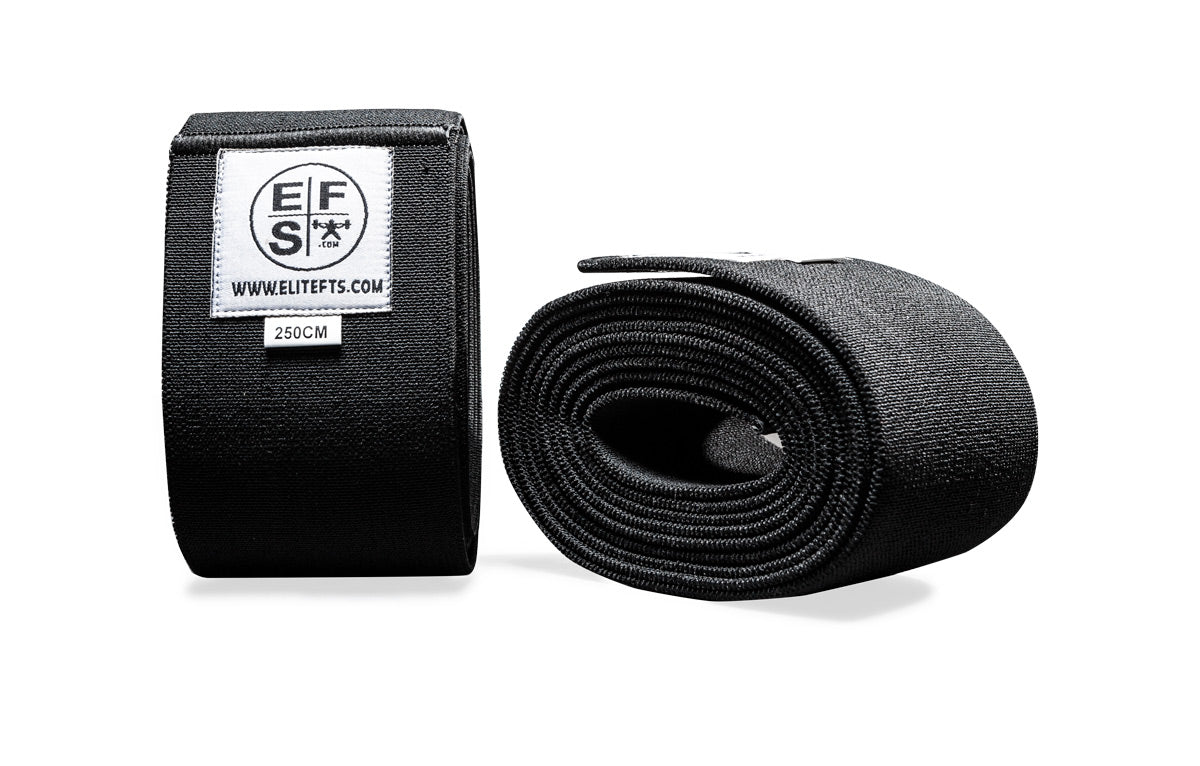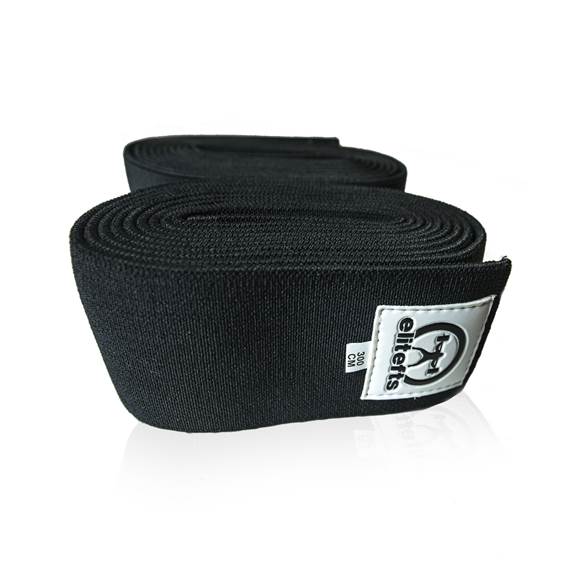3-boards. We are taking time to define the athlete because the significant increases in weight between sets should not be attempted by a less advanced lifter The main point is that if you review the log, the first nine sets are used to warm up the athlete’s body to handle the last three sets. When considering a 500-lb bencher, we still see tremendous value in warming up with the bar alone. During a workout a few years back, I returned the bar to the rack to find one of my training partners laughing. “What’s so funny?” I asked. “You perform the same routine for each and every set, regardless if you’re holding only the bar or if you’re holding 400 lbs.” “You’re darn right. You have to perform each and every set the same way with the same perfect form, so when you’re handling the larger loads you’re better able to keep your groove.” Have you ever watched a professional athlete warm up? Take for example an exceptional hitter in baseball or a good golfer. They swing the same way every time. The baseball pitcher throws a fastball with the same motion every time. Perfect practice makes perfect. Now, here’s a sample floor press workout for “Joe 16 year old.” For the sake of argument, let’s say that Joe is a 190-lb, solidly muscled high school football player who has been training with weights for three years and has a 3RM of 225 lbs on the floor press. (Note: 3RM = 3 rep max, which is the maximum weight that can be lifted with good form for three repetitions, meaning a fourth repetition can’t be completed.) Joe is in the phase of training where we/he are primarily looking to improve his maximal strength, so the below rep ranges are geared toward maximizing strength rather than hypertrophy (muscle enlargement). If muscular hypertrophy were the goal, we would move the prescribed rep ranges from the three- or six-repetition area to the 10-repetition area. “Joe 16 year old” sample training log Short period of aerobic exercise (typically 5–7 minutes at Beast) Stretching (typically incorporating stretch bands and possibly foam roller work) Legend: Sets X Reps X Weight 2 X 10–20 X 45 1 X 10 X 95 2 X 10 X 135 1 X 8 X 165 1 X 6 X 185 1 X 3 X 195 1 X 3 X 205 1 X 1 X 225 (single prior to going for a new 3RM) 1 X 3 X 230 (trainee achieves a new 3RM) Remember, the above trainee is working primarily to maximize strength. Before we wrap this up, let’s go back to Joe 16 year old and the same sample training log. Let’s break down some of the sets. Early warm up: 2 X 10–20 X 45 1 X 10 X 95 2 X 10 X 135 These warm-up sets help to increase muscle temperature (2). A warmed muscle contracts more forcefully and relaxes more quickly, and therefore both speed and strength can be enhanced. A clinical study has demonstrated that completing a warm up before participating in many different sports has been shown to improve the subsequent performance (1). Science aside, we’ve found these easy sets help improve subsequent performance while not contributing to the fatigue of the athlete. Also from our perspective, these sets may contribute to adaptations along the neuromuscular chain (i.e. helping cultivate the muscle memory, which not only helps with overall lifting form but may assist with neuromuscular efficiency or the ability to recruit more muscle fibers). Middle warm up: 1 X 8 X 165 1 X 6 X 185 1 X 3 X 195 Here the athlete is transitioning from warming up to performing some mid-weight sets, which will benefit the athlete not only by helping ready the body to handle additional loads but also in building muscular size. Recall that the primary goal of this session is to increase muscular strength. However, a secondary goal, considering the athletes age and the sport he’s involved with, is to increase muscular hypertrophy. The “real” work sets: 1 X 3 X 205 1 X 1 X 225 (single prior to going for a new 3RM) 1 X 3 X 230 (trainee achieves a new 3RM) Now that the athlete is warm, it is both safe and productive to have him begin the real work sets. The set of three with 205 lbs readies the athlete to handle heavier weights. In this particular workout, Joe is going to attempt a new 3RM. Instead of risking an increase in fatigue, we prescribe a single with 225 lbs (a weight at which he has previously been able to perform three repetitions). Now for the money set where we separate the men from the boys—Joe is going to attempt a new 3RM. His body should be in a state of complete readiness. He’s going to get under the bar, pull his shoulder blades together, squeeze the heck out of the bar, and with a super tight body, blast his way to a new 3RM (and all the bragging rights that come with it). Proper warming up can cause the blood vessels to dilate and therefore more efficiently deliver blood to the muscles and organs. Warming up can also improve the range of motion around a joint. To foster a successful training session, at Beast we suggest that trainees utilize the warm up as an opportunity to mentally prepare for their training. Trainees can mentally review what they are planning to accomplish and even visualize a successful outcome. Our scientific research for this article wasn’t expansive, as most of the content is based on our personal experience with the positive effects of warming up. However, at least one review on the effects of warming up has also shown that there is little evidence suggesting that warming up is detrimental to sports participants (1). We strongly believe that participants engaging in physical activity should be encouraged to perform a short period of aerobic exercise followed by stretching and culminating with a period of activity similar to the event they are to perform before beginning any activity. As in our floor press example, these activities (i.e. several floor press warm up sets) should focus on the body segments (chest, anterior deltoids, and triceps) that will be used in the subsequent performance and should not be too intense in nature so as to fatigue the athlete (1). References 1. Fradkin Andrea J, Zazryn Tsharni R, Smoliga James M (2010) Effects of Warming Up on Physical Performance: A Systematic Review with Meta-analysis. Journal of Strength and Conditioning Research 24(1):140–48. 2. Smith CA (2004) The warm-up procedure: To stretch or not to stretch. A brief review. J Orthop Sports Phys Ther 19:12–7.

The Value of Warming Up
3-boards. We are taking time to define the athlete because the significant increases in weight between sets should not be attempted by a less advanced lifter The main point is that if you review the log, the first nine sets are used to warm up the athlete’s body to handle the last three sets. When considering a 500-lb bencher, we still see tremendous value in warming up with the bar alone. During a workout a few years back, I returned the bar to the rack to find one of my training partners laughing. “What’s so funny?” I asked. “You perform the same routine for each and every set, regardless if you’re holding only the bar or if you’re holding 400 lbs.” “You’re darn right. You have to perform each and every set the same way with the same perfect form, so when you’re handling the larger loads you’re better able to keep your groove.” Have you ever watched a professional athlete warm up? Take for example an exceptional hitter in baseball or a good golfer. They swing the same way every time. The baseball pitcher throws a fastball with the same motion every time. Perfect practice makes perfect. Now, here’s a sample floor press workout for “Joe 16 year old.” For the sake of argument, let’s say that Joe is a 190-lb, solidly muscled high school football player who has been training with weights for three years and has a 3RM of 225 lbs on the floor press. (Note: 3RM = 3 rep max, which is the maximum weight that can be lifted with good form for three repetitions, meaning a fourth repetition can’t be completed.) Joe is in the phase of training where we/he are primarily looking to improve his maximal strength, so the below rep ranges are geared toward maximizing strength rather than hypertrophy (muscle enlargement). If muscular hypertrophy were the goal, we would move the prescribed rep ranges from the three- or six-repetition area to the 10-repetition area. “Joe 16 year old” sample training log Short period of aerobic exercise (typically 5–7 minutes at Beast) Stretching (typically incorporating stretch bands and possibly foam roller work) Legend: Sets X Reps X Weight 2 X 10–20 X 45 1 X 10 X 95 2 X 10 X 135 1 X 8 X 165 1 X 6 X 185 1 X 3 X 195 1 X 3 X 205 1 X 1 X 225 (single prior to going for a new 3RM) 1 X 3 X 230 (trainee achieves a new 3RM) Remember, the above trainee is working primarily to maximize strength. Before we wrap this up, let’s go back to Joe 16 year old and the same sample training log. Let’s break down some of the sets. Early warm up: 2 X 10–20 X 45 1 X 10 X 95 2 X 10 X 135 These warm-up sets help to increase muscle temperature (2). A warmed muscle contracts more forcefully and relaxes more quickly, and therefore both speed and strength can be enhanced. A clinical study has demonstrated that completing a warm up before participating in many different sports has been shown to improve the subsequent performance (1). Science aside, we’ve found these easy sets help improve subsequent performance while not contributing to the fatigue of the athlete. Also from our perspective, these sets may contribute to adaptations along the neuromuscular chain (i.e. helping cultivate the muscle memory, which not only helps with overall lifting form but may assist with neuromuscular efficiency or the ability to recruit more muscle fibers). Middle warm up: 1 X 8 X 165 1 X 6 X 185 1 X 3 X 195 Here the athlete is transitioning from warming up to performing some mid-weight sets, which will benefit the athlete not only by helping ready the body to handle additional loads but also in building muscular size. Recall that the primary goal of this session is to increase muscular strength. However, a secondary goal, considering the athletes age and the sport he’s involved with, is to increase muscular hypertrophy. The “real” work sets: 1 X 3 X 205 1 X 1 X 225 (single prior to going for a new 3RM) 1 X 3 X 230 (trainee achieves a new 3RM) Now that the athlete is warm, it is both safe and productive to have him begin the real work sets. The set of three with 205 lbs readies the athlete to handle heavier weights. In this particular workout, Joe is going to attempt a new 3RM. Instead of risking an increase in fatigue, we prescribe a single with 225 lbs (a weight at which he has previously been able to perform three repetitions). Now for the money set where we separate the men from the boys—Joe is going to attempt a new 3RM. His body should be in a state of complete readiness. He’s going to get under the bar, pull his shoulder blades together, squeeze the heck out of the bar, and with a super tight body, blast his way to a new 3RM (and all the bragging rights that come with it). Proper warming up can cause the blood vessels to dilate and therefore more efficiently deliver blood to the muscles and organs. Warming up can also improve the range of motion around a joint. To foster a successful training session, at Beast we suggest that trainees utilize the warm up as an opportunity to mentally prepare for their training. Trainees can mentally review what they are planning to accomplish and even visualize a successful outcome. Our scientific research for this article wasn’t expansive, as most of the content is based on our personal experience with the positive effects of warming up. However, at least one review on the effects of warming up has also shown that there is little evidence suggesting that warming up is detrimental to sports participants (1). We strongly believe that participants engaging in physical activity should be encouraged to perform a short period of aerobic exercise followed by stretching and culminating with a period of activity similar to the event they are to perform before beginning any activity. As in our floor press example, these activities (i.e. several floor press warm up sets) should focus on the body segments (chest, anterior deltoids, and triceps) that will be used in the subsequent performance and should not be too intense in nature so as to fatigue the athlete (1). References 1. Fradkin Andrea J, Zazryn Tsharni R, Smoliga James M (2010) Effects of Warming Up on Physical Performance: A Systematic Review with Meta-analysis. Journal of Strength and Conditioning Research 24(1):140–48. 2. Smith CA (2004) The warm-up procedure: To stretch or not to stretch. A brief review. J Orthop Sports Phys Ther 19:12–7.

EliteFTS Table Talk— Where strength meets truth. Hosted byDave Tate, Table Talk cuts through the noise to bring raw, unfiltered conversations about training, coaching, business, and life under the bar. No fluff. No hype. Just decades of experience — shared to make you stronger in and out of the gym.

Join the Crew!
Support us and access premium content monthly!


































































